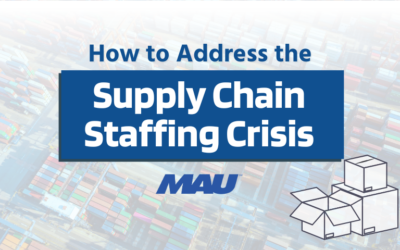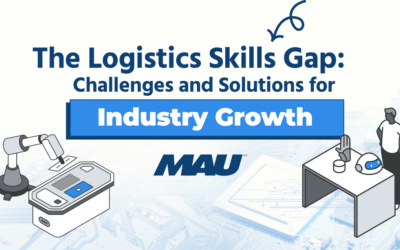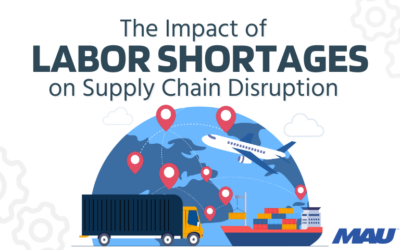Manufacturing leaders today grapple with numerous obstacles in the current labor market. Employee retention is a significant issue; high turnover rates disrupt production and inflate operational costs. Labor shortages compound this problem, leaving companies understaffed and unable to meet demand. According to a Deloitte study, the U.S. manufacturing sector could face a shortage of 2.1 million skilled workers by 2030.
Addressing workforce management head-on is crucial for sustainable production and long-term success. This blog post will explore where your workforce may be getting in the way of production and offer effective solutions to overcome these obstacles.
Understanding the Workforce
The nature of the manufacturing workforce is evolving. The rise of the contingent workforce—temporary or contract workers—offers flexibility but also presents new challenges. Contingent workers often require different management strategies and more robust onboarding processes to integrate seamlessly into existing teams.
Additionally, the need for new skill sets is more pressing than ever. Automation and digital transformation are reshaping manufacturing roles, resulting in a manufacturing skills gap. Workers now need to understand digital tools and analytics, not just manual labor. A McKinsey report found that existing technologies could automate nearly 50% of current work activities, emphasizing the need for a digitally skilled workforce.
MAU’s Mindset of the Market survey offered invaluable insights into this dynamic ecosystem. With 2,661 responses, our survey revealed key trends that define the modern manufacturing workforce. Notably, the rise of Generation Z (Gen Z) has brought about new directions and expectations that are changing the face of the industry.
Adapting workforce strategies to meet these changing demands is crucial. This means rethinking traditional roles and responsibilities and focusing on continuous learning and development. Companies that fail to evolve will find themselves at a competitive disadvantage.
Best Practices in Workforce Management
Effective workforce management solutions can make a significant difference. One approach is talent development programs. These initiatives focus on upskilling employees and ensuring they have the necessary skills to meet modern manufacturing demands.
Employee engagement initiatives are also vital. Engaged employees are more productive, innovative, and likely to stay with the company. Gallup research shows that companies with high employee engagement are 21% more profitable. Simple steps like regular feedback, recognition programs, and career development opportunities can significantly enhance engagement.
Outsourcing Recruitment and Tapping a Strategic Workforce Partner
Outsourcing recruitment can be a game-changer for manufacturing companies facing workforce challenges. By treating recruitment as a strategic advantage, you can transform workforce challenges into opportunities for growth and innovation.
Strategic workforce partners go beyond traditional recruitment services by offering comprehensive workforce solutions. These partners can assist with everything from compliance and onboarding to workforce planning and talent development. They understand the unique challenges of the manufacturing industry and can provide tailored solutions that align with your company’s goals.
Collaborating with a strategic workforce partner can help you implement effective retention strategies, reduce turnover, and maintain a stable, skilled workforce. You gain access to a broader talent pool and can fill critical roles more quickly and efficiently.
Overcoming Challenges
Addressing workforce challenges requires a dynamic approach. Creating a positive work environment is a good starting point. This involves fostering a culture of respect, providing adequate resources, and ensuring safety. A positive workplace culture can reduce turnover and attract top talent.
Other approaches include competitive salary packages but also the implementation of flexible scheduling options to cater to individual needs. Additionally, enhancing benefits such as healthcare coverage and professional development opportunities can significantly contribute to employee well-being and motivation.
Training programs are essential for bridging skill gaps. Continuous learning opportunities ensure your workforce remains adaptable and capable of handling new technologies and processes. Companies like General Electric have invested heavily in employee training, resulting in a more skilled and versatile workforce.
Addressing workforce management issues is crucial for the success of manufacturing companies. By understanding the evolving nature of the workforce, implementing best practices, and overcoming challenges, you can ensure your organization remains competitive and productive.
By staying proactive and focusing on continuous improvement, you can turn workforce management challenges into opportunities for growth and success. Don’t wait—start making changes today and see the positive impact on your production and overall business processes.






